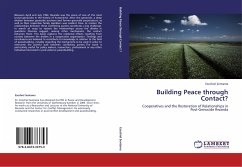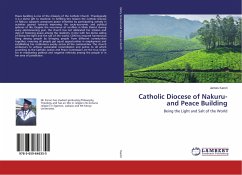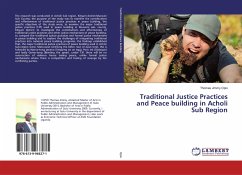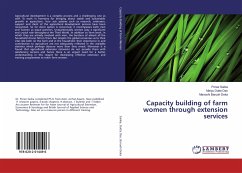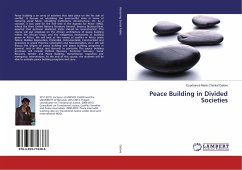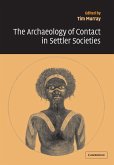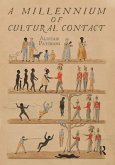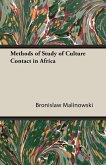Between April and July 1994, Rwanda was the scene of one of the most brutal genocides in the history of humankind. After the genocide, a deep division between genocide survivors and former genocide perpetrators, as well as their respective family members was evident. How to restore the relationships between these conflicting parties constitutes a big challenge. In search of ways to restore the relationships across the divides in questions theories suggest, among other mechanisms, the contact between them. This book explores the relational effects resulting from contact between the divides in a cooperative organization. Findings and conclusions are believed to contribute to knowledge in relation to the field of peacebuilding, notably regarding the mechanisms to be used in order to overcome the painful past between conflicting parties. The book is particularly useful for policy makers, researchers, professional or any other individual interested in post-violence peacebuilding.
Bitte wählen Sie Ihr Anliegen aus.
Rechnungen
Retourenschein anfordern
Bestellstatus
Storno

